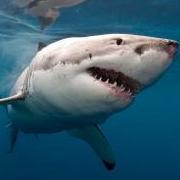-
Topics
-
Latest Update
-
2
-
-
3
-
1
Where to get Innovative Marine tanks here in SG?
Hey bro, did you figure this out? -
2
Rbta on rocks + chaeto
Remaining rbta to clear small to med size total 4 rbta with free chaeto $20 collect today at depot road before 430pm
-





Recommended Posts
Join the conversation
You can post now and register later. If you have an account, sign in now to post with your account.